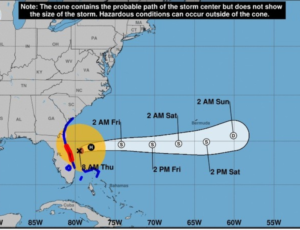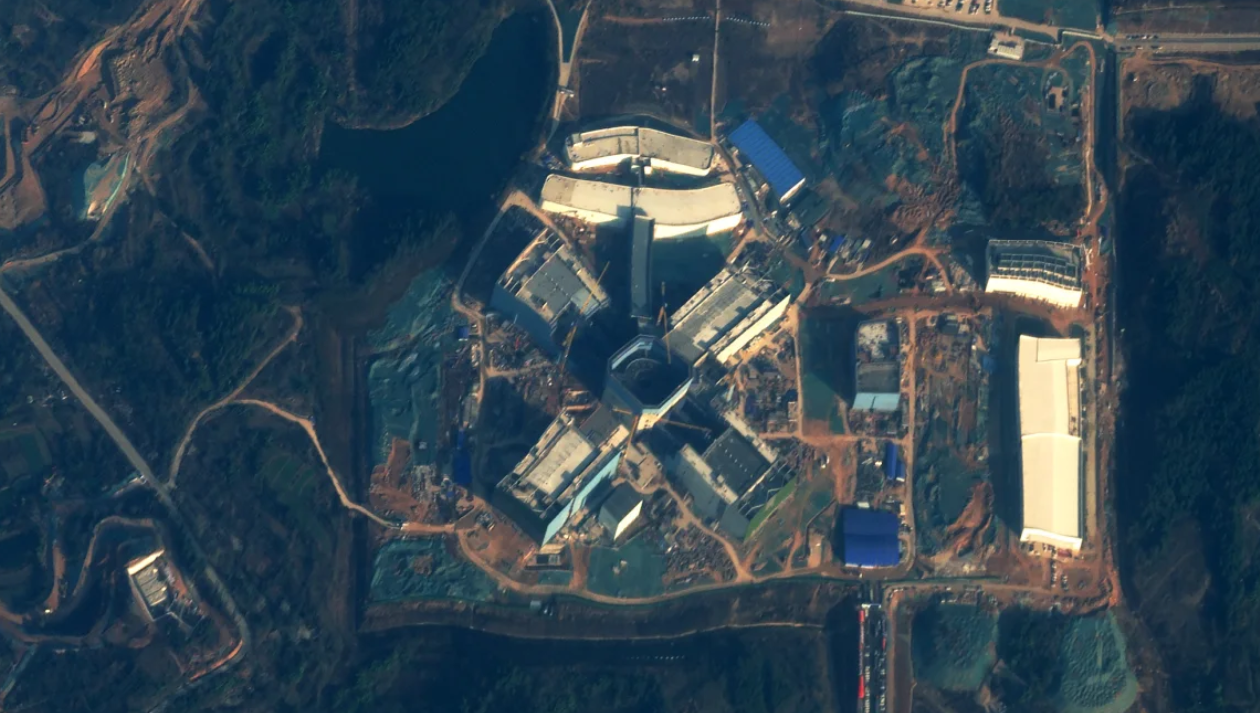The ancient Egyptian city of Alexandria, known as the birthplace of Cleopatra, is facing a significant rise in building collapses due to coastal erosion and the increasing levels of the Mediterranean Sea, according to recent research.
In the past, building collapses in this port city were rare, occurring around once a year. However, over the last decade, the rate has surged to nearly 40 per year, largely driven by rising sea levels and seawater infiltrating the foundations of buildings, as detailed in a study published by the University of Southern California.
Founded by Alexander the Great over 2,000 years ago, Alexandria is one of the oldest cities in the world and remains one of the most populous cities in Africa, with a population of 6 million. The city is also one of the most at risk from sea level rise, which poses a significant threat to its historical landmarks.
Amid the thousands of modern mid-rise buildings in Alexandria stand ancient structures that have been built and shaped over centuries by the city’s various ruling dynasties.
These historic buildings have withstood natural disasters, such as earthquakes and tsunamis, but now face a new threat. Rising sea levels and more intense storms, both driven by human-induced climate change, are rapidly eroding these ancient landmarks. Sara Fouad, the lead author of the study and a landscape architect at the Technical University of Munich, explained that this phenomenon is undoing in just a few decades what took millennia of human ingenuity to build.

The researchers studied the effects of shoreline changes in Alexandria using a range of methods. They created a digital map to pinpoint the locations of collapsed buildings and gathered details about each one by reviewing data from site visits, government reports, news archives, and statements from private construction companies, covering a span of twenty years from 2001 to 2021.
To better understand how Alexandria’s coastline has shifted, they combined satellite imagery and historical maps from 1887, 1959, and 2001. This allowed them to track how the city’s 50-mile coastline has moved inland by dozens of feet over the past two decades, raising groundwater levels and causing them to reach the foundations of coastal buildings.
The researchers also analyzed soil isotopes to assess the impact of seawater intrusion. This revealed that buildings are collapsing from the ground up, as seawater weakens the foundations and erodes the soil, explained Ibrahim H. Saleh, a soil radiation scientist at Alexandria University and co-author of the study.
According to Essam Heggy, a water scientist at USC and another author of the study, even a small rise in sea levels — just a few centimeters — can have catastrophic consequences.
The study found that approximately 7,000 old buildings in Alexandria are at risk of collapsing. In recent years, there have been significant incidents, including the collapse of a building in the Wardiyan neighborhood last year that killed four people, and two years ago, the collapse of a 14-story building popular with domestic tourists. While the exact cause of the latter collapse was unclear at first, researchers suggest that damage from encroaching groundwater may have played a role, according to Sara Fouad from the Technical University of Munich.
To mitigate the impact of rising sea levels, the researchers have proposed creating sand dunes and vegetation barriers along the coastline of Alexandria. These natural barriers would help block seawater and prevent it from seeping under buildings. Steffen Nijhuis, a landscape urbanist at Delft University of Technology in the Netherlands and co-author of the study, highlighted that this approach is both sustainable and cost-effective, making it applicable to other densely populated coastal areas around the world.
Alexandria is not the only city facing such challenges. Many Mediterranean coastal cities, along with parts of California’s coastline, are also experiencing similar threats from rising sea levels and coastal erosion. Essam Heggy, a water scientist at USC and study author, emphasized that their research challenges the common belief that sea level rise will only be a concern when it reaches a meter. Instead, their findings show that coastlines, particularly those in the Mediterranean and similar to California’s, are already undergoing changes that are leading to building collapses at an alarming rate.















